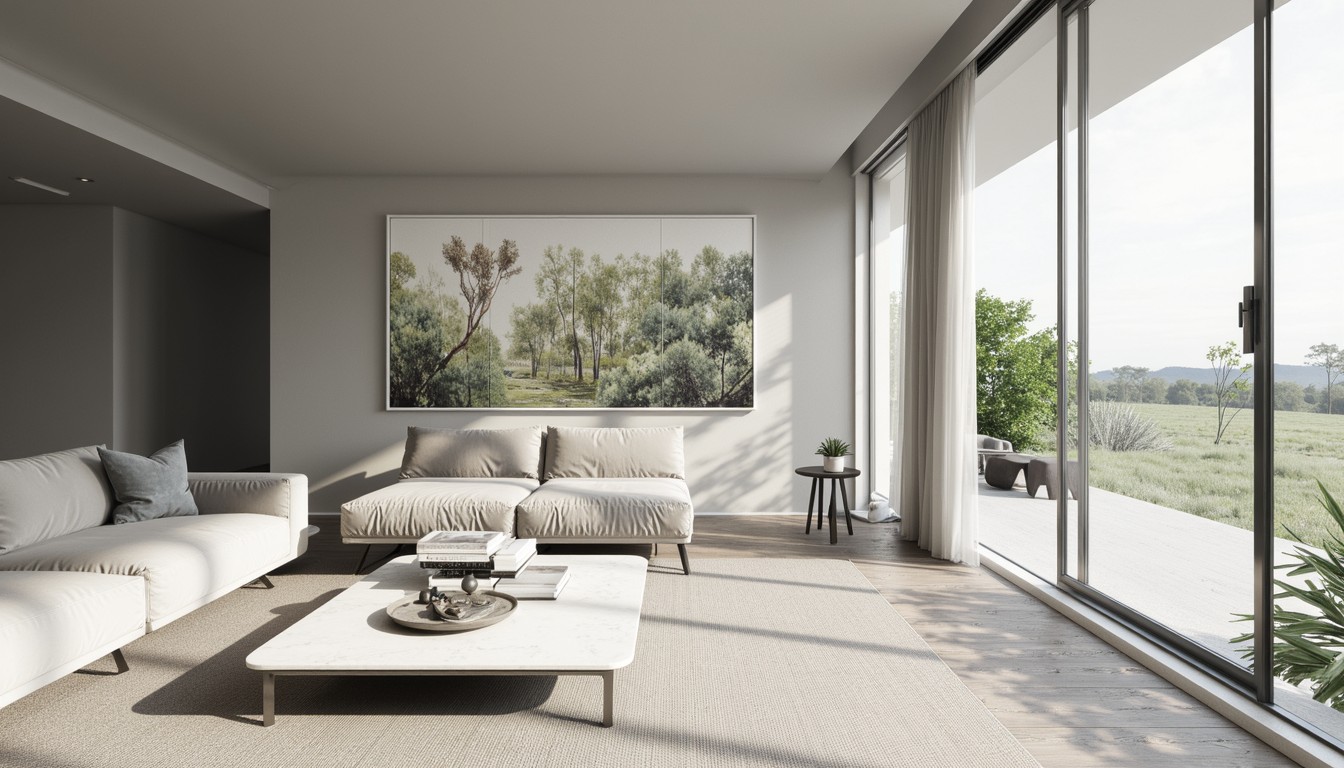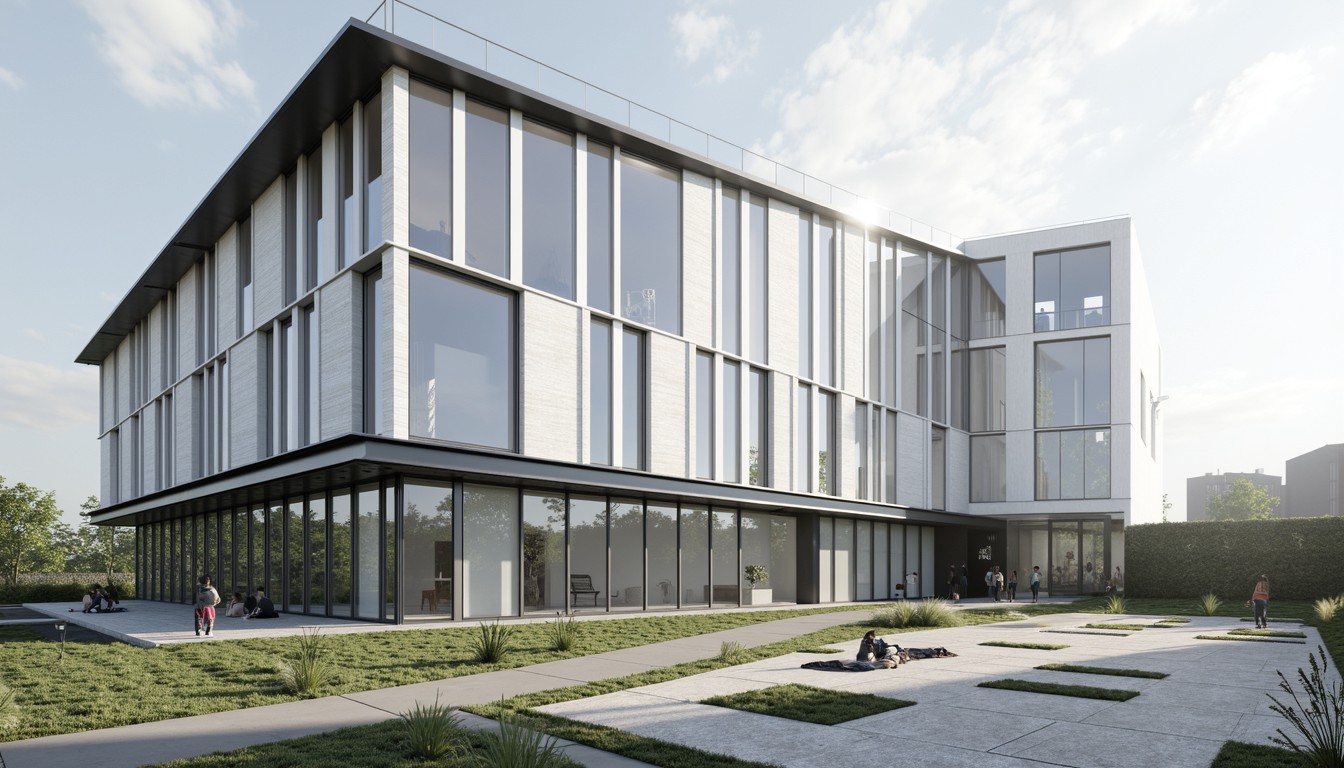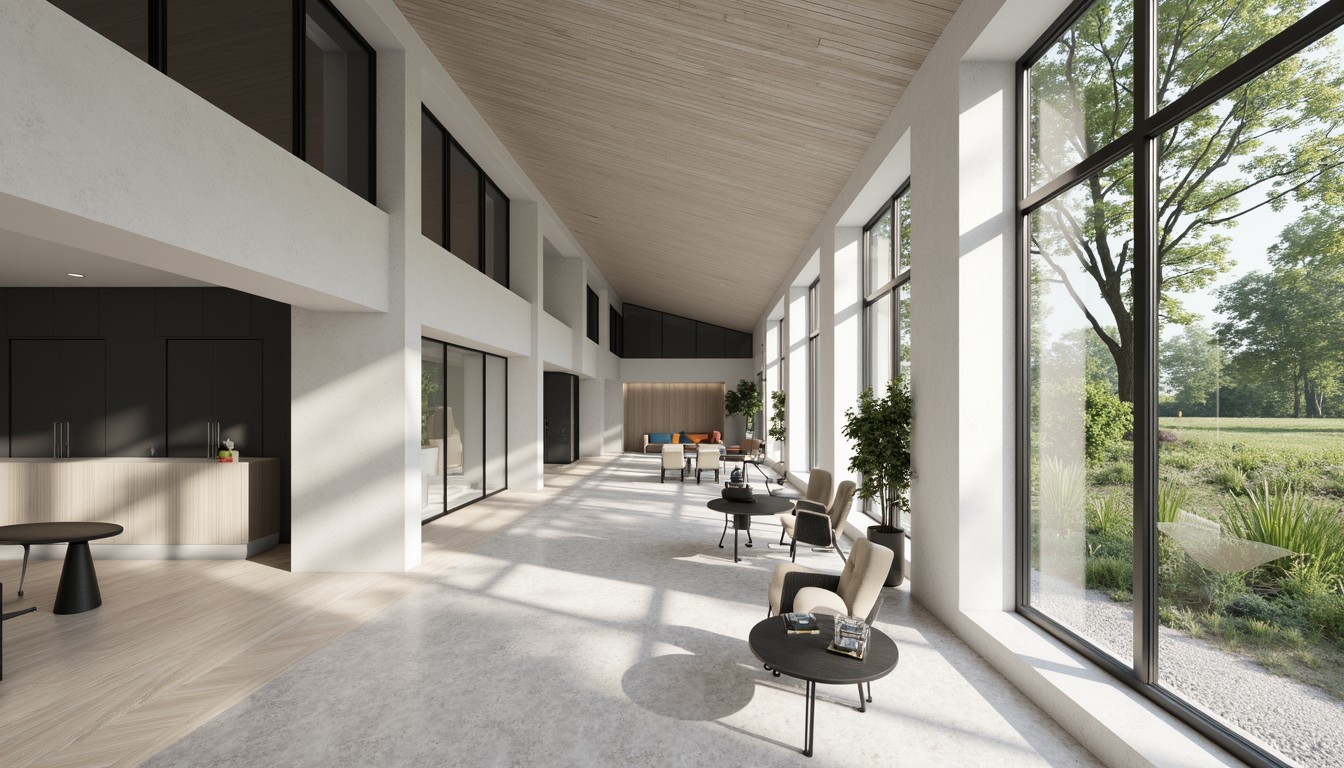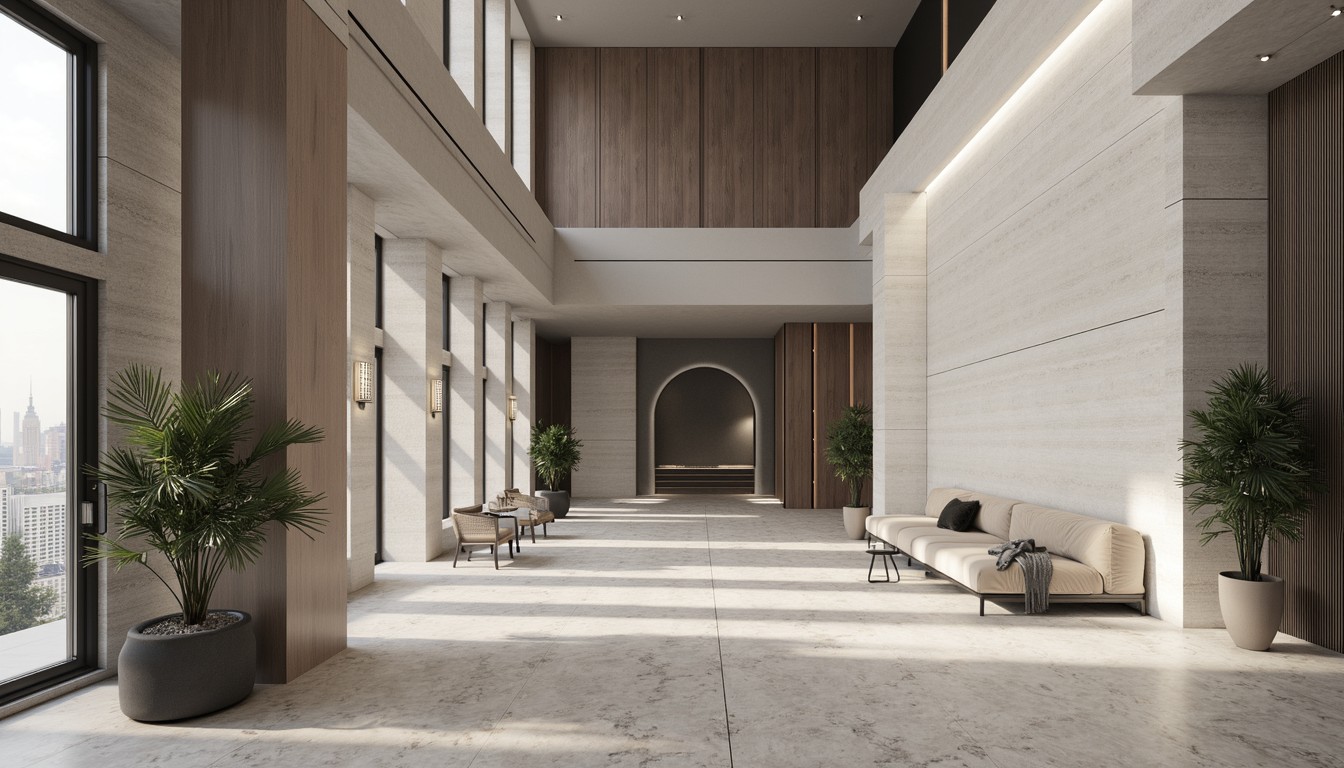AI-Powered Space Planning: A Design Revolution
The architectural landscape is undergoing a dramatic shift, fueled by the rapid advancements in artificial intelligence (AI). No longer a futuristic fantasy, AI is actively reshaping how we design and plan spaces, offering unprecedented levels of efficiency, creativity, and precision. This revolution is particularly impactful in space planning, a crucial phase demanding meticulous detail and iterative refinement. ArchNav, at the forefront of architectural visualization, recognizes this transformative power and leverages AI to deliver unparalleled results for our clients.
The Limitations of Traditional Space Planning

Traditional space planning methods, while effective, often present significant challenges. Manual drafting and iterative revisions can be time-consuming and resource-intensive. Optimizing space for functionality, aesthetics, and building codes simultaneously requires considerable expertise and often involves numerous revisions. Furthermore, accurately visualizing the final product can be difficult, leading to potential discrepancies between the design and the actual built space. This is where AI steps in, offering a powerful solution to these inherent limitations.
AI: A Game Changer in Space Planning

AI algorithms, particularly machine learning and deep learning models, are transforming space planning in several key ways:
1. Automated Layout Generation:
AI can generate multiple space planning layouts automatically based on specified parameters such as square footage, room types, building codes, and client preferences. This drastically reduces the time spent on manual drafting and allows architects to explore a wider range of possibilities, fostering creativity and innovation. AI can even consider factors like furniture placement and traffic flow, creating more efficient and user-friendly layouts.
2. Enhanced Visualization:
AI-powered 3D modeling and rendering tools create highly realistic visualizations of the proposed space plans. This allows architects and clients to experience the space virtually before construction, identifying and addressing potential issues early in the design process. Interactive walkthroughs and virtual reality (VR) integration further enhance the visualization experience, providing a more immersive and intuitive understanding of the design.
3. Optimization and Analysis:
AI algorithms can analyze the generated layouts, identifying areas for optimization based on factors like natural light, ventilation, accessibility, and energy efficiency. This data-driven approach ensures that the final design is not only aesthetically pleasing but also functional, sustainable, and compliant with all relevant building regulations. For example, AI can pinpoint optimal window placement to maximize natural light and minimize energy consumption.
4. Integration with BIM (Building Information Modeling):
AI seamlessly integrates with BIM software, streamlining the design process and facilitating collaborative workflows. AI can automatically populate BIM models with data from the space plan, reducing manual input and improving accuracy. This integration ensures consistency between the design and the construction documents, minimizing errors and delays during the construction phase.
Real-World Applications of AI in Space Planning
The applications of AI in space planning extend across various sectors:
- Residential Design: AI helps create optimized layouts for homes, maximizing space utilization and accommodating individual client needs and preferences.
- Commercial Spaces: AI assists in designing efficient office spaces, retail stores, and restaurants, improving workflow and customer experience.
- Healthcare Facilities: AI aids in the creation of functional and efficient hospitals and clinics, optimizing patient flow and staff productivity.
- Educational Institutions: AI supports the design of effective learning environments in schools and universities, maximizing space utilization and promoting a conducive learning atmosphere.
The Future of AI-Powered Space Planning

The future of AI in space planning is bright. As AI technology continues to advance, we can expect even more sophisticated tools and applications. This includes the development of AI algorithms capable of understanding and responding to more complex design constraints and client requirements. We can also anticipate increased integration with other technologies, such as virtual and augmented reality, creating even more immersive and interactive design experiences.
ArchNav: Your Partner in AI-Driven Space Planning
At ArchNav, we embrace the transformative potential of AI and integrate it seamlessly into our architectural visualization services. We leverage the latest AI-powered tools and techniques to deliver innovative and efficient space planning solutions for our clients. Our team of expert architects and AI specialists work collaboratively to ensure that your vision is realized with precision and creativity. Contact us today to learn how ArchNav can help you revolutionize your space planning process.
